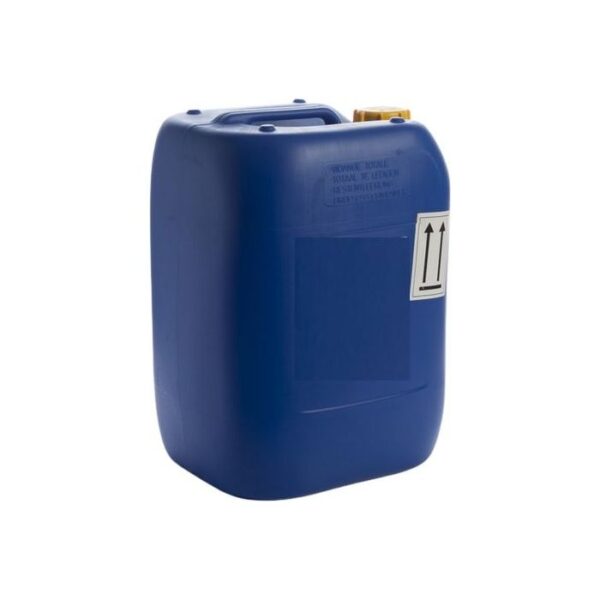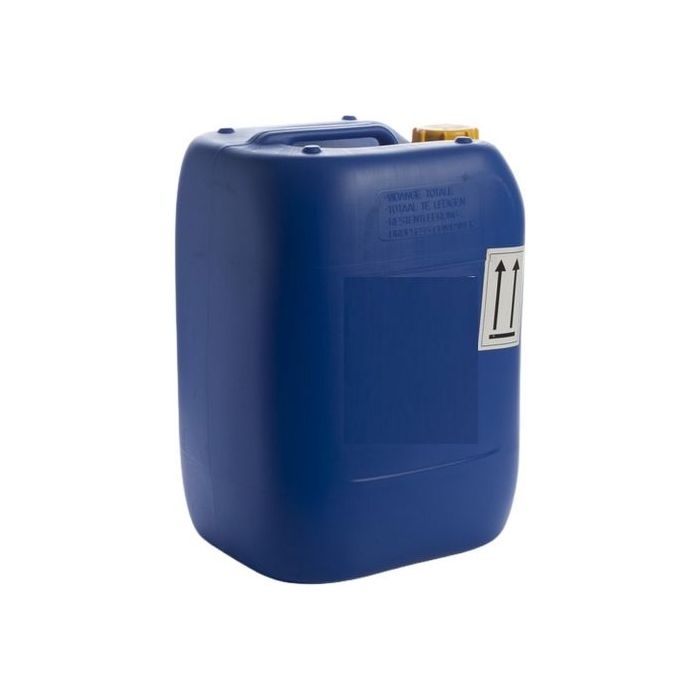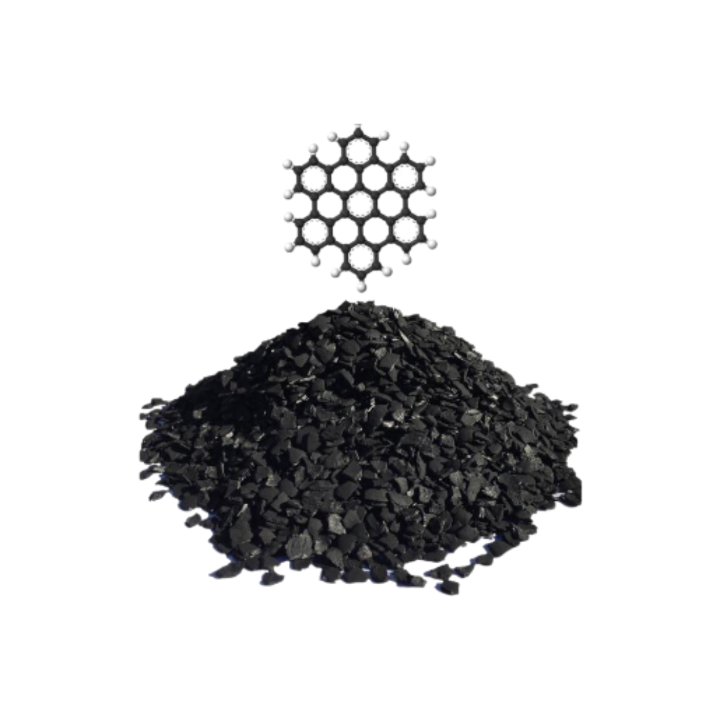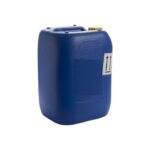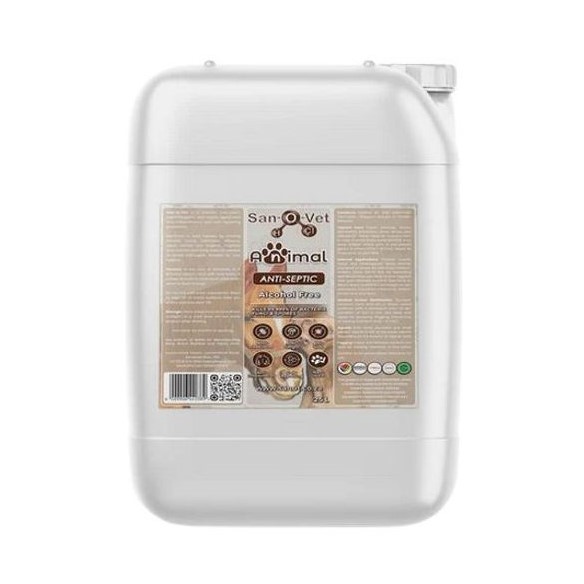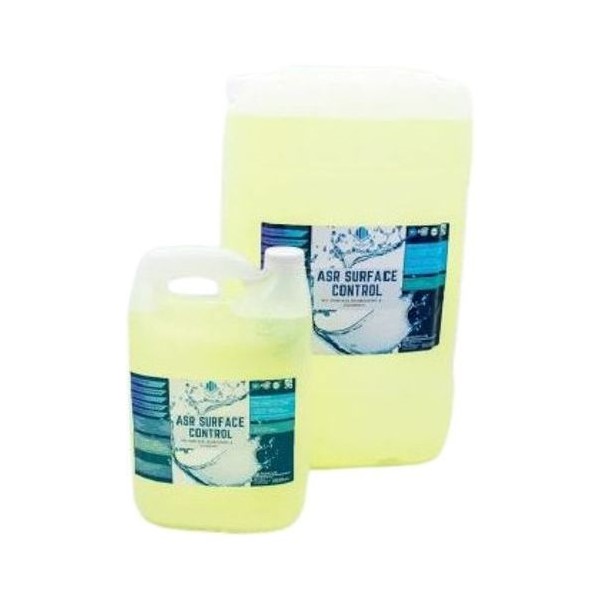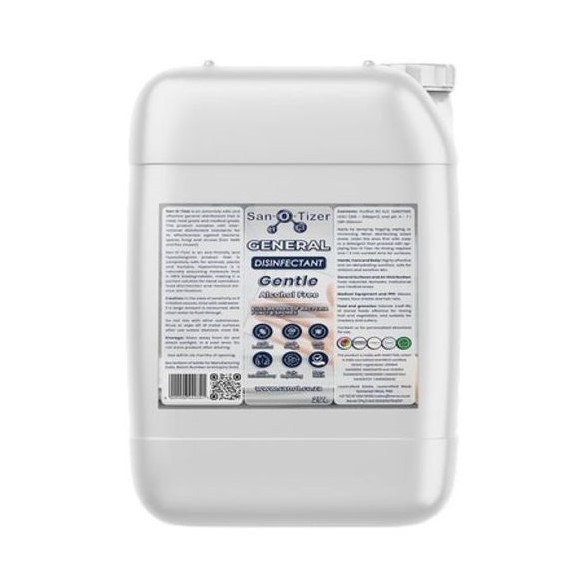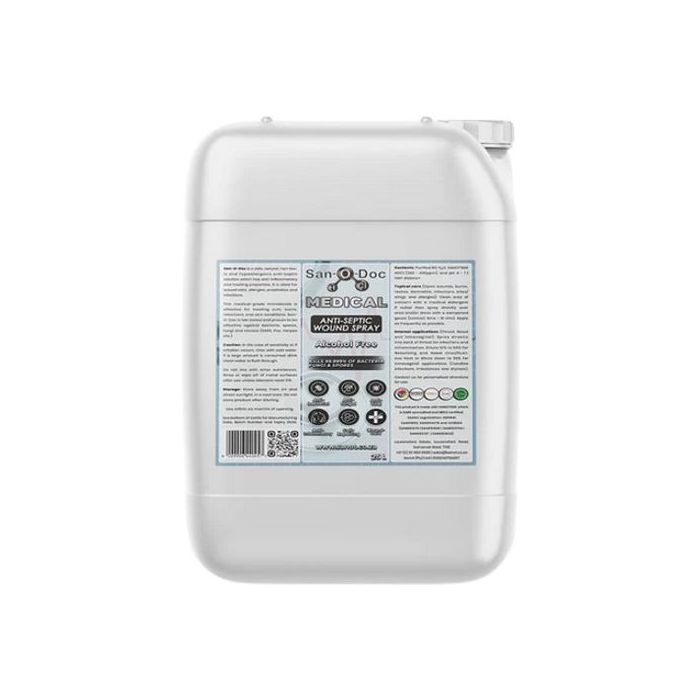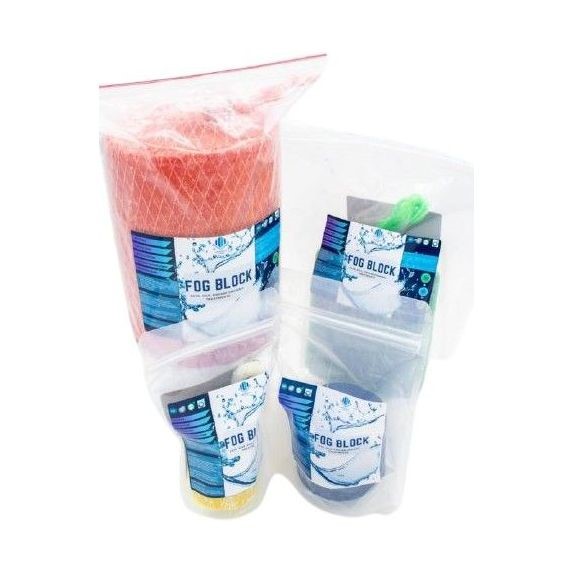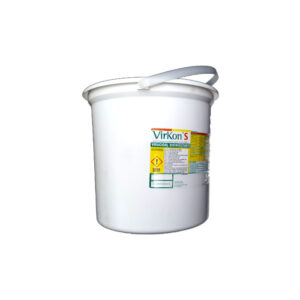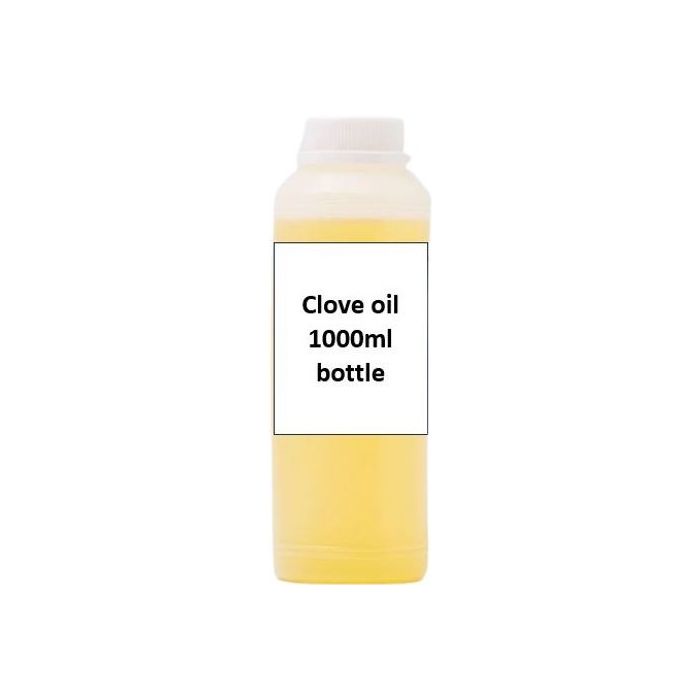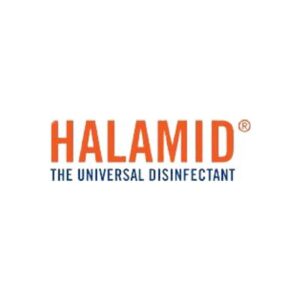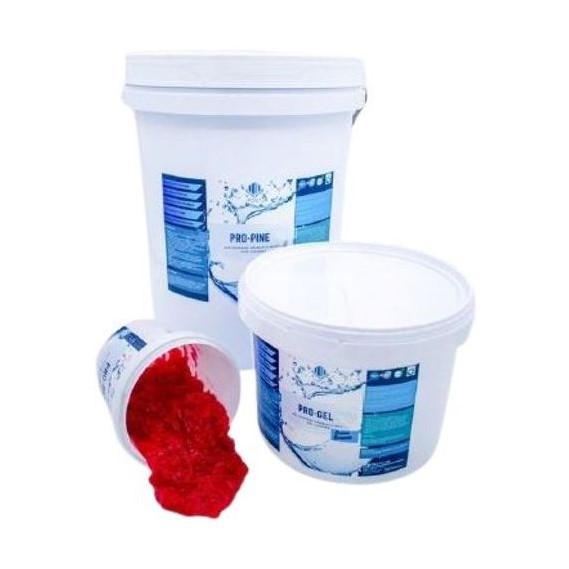25 Liter Peracetic Acid
R1,326.00 Excl. VAT
25 litre drum contains a blend of Peracetic Acid, Hydrogen Peroxide and Acetic Acid. It is a clear, colourless liquid terminal disinfectant, effective against a wide range of bacterial, viral and fungal pathogens encountered in livestock husbandry, milk production and processing and other food and beverage applications. Lead time approximately 3-4 weeks.
- Description
- Additional information
- How to use & Additional Information
Description
PERACETIC ACID, 25 LITER DRUM
A clear, colourless, non-foaming peracetic acid, hydrogen peroxide and acetic acid based liquid terminal disinfectant, effective against a wide range of bacterial, viral and fungal pathogens. Peradox is fast acting, economical in use and is effectively used for descaling, removing biofilm and sanitising drinking water systems, dairies, milk processing plants and food process closed plant systems. The product is environmentally friendly and non-tainting.
Features and Benefits
- Fast acting formulation
- Economical in use
- Suitable in all water types
Typical Product Data:
- Appearance: Clear Liquid
- Odour: Acetic Acid
- Specific Gravity (20oC): 1.080
- Colour: Colourless
- pH – undiluted: <1
- Shelf Life Unopened: 1 years
- Packaging Pack: 25lt
- Standard formulation: Hydrogen Peroxide Solution: 10-30%, Acetic acid: 5-15%, Peracetic acid: 0-5%
Peracetic acid is an organic compound with the formula CH₃CO₃H. This peroxy acid is a colorless liquid with a characteristic acrid odor reminiscent of acetic acid. It can be highly corrosive.
Applications:
Food Industry:
- Sanitizing food processing equipment and surfaces.
- Disinfecting fruits and vegetables to reduce microbial load.
Healthcare:
- Sterilizing surgical instruments and medical equipment.
- Disinfecting surfaces in hospitals and clinics.
Water Treatment:
- Treating drinking water and wastewater to eliminate pathogens.
- Biofilm control in water systems.
Agriculture:
- Disinfecting irrigation systems and greenhouses.
- Treating seeds to prevent disease.
Pulp and Paper Industry:
- Bleaching agents to improve paper quality.
- Disinfecting equipment.
Household Cleaning:
- Effective for cleaning and disinfecting various surfaces in homes.
Industrial Applications:
- Used in the production of other chemicals.
- Cleaning and disinfecting in food and beverage manufacturing.
Veterinary Medicine:
- Disinfecting veterinary tools and surfaces in animal care facilities.
Additional information
| Weight | 25 kg |
|---|---|
| Dimensions | 40 × 30 × 30 cm |
How to Use
In place disinfection of dairies and processing plants:
- May be circulated at a dilution rate of 1:500 for the disinfection of dairies and milk processing plants following effective cleaning using a suitable detergent.
Cluster dipping:
- May be used for cluster dipping at dilution rates of between 1:50 to 1:200 in cold water, according to the specific pathogens involved to kill mastitis causing bacteria.
Poultry and piggery drinker lines:
- May be used between cycles for descaling, removing biofilm and sanitizing the drinking water system at a dilution rate of 1:50 and allow to soak for 2 to 8 hours. Rinse the system thoroughly with potable water.
General use:
- This product is recommended for CIP, filter bowl flooding; start up sanitizing and central sanitizing. The suggested dilution for general cleaning is 100ml per 10L of water and can be used for the sanitizing of internal aluminium parts of filters, and is also effective against yeast, yoghurt, cheese and buttermilk bacteria. It has been tested at 0.2 % and is effective against vegetative bacteria within a contact time of 5 minutes.
- It is effective against bacteria of particular concern to the dairy industry such as Salmonella sp, Staphylococcus sp and Listeria monocytogenes.
Aquaculture applications:
- Peracetic acid treatment of Ichthyophthirius multifiliis (Ciliophora: Ichthyophthiriidae) and Trichodina spp. reduces the infection by Aeromonas hydrophila and improves survival in Nile tilapia (Oreochromis niloticus).
- Parasitism of Nile tilapia with I. multifiliis and Trichodina spp. increased the severity of A. hydrophila infection and associated with high mortality rate.
- 5 ppm of per acetic acid (PAA) achieved 5-log reduction in the viable colony count of A. hydrophila after 5 min contact time.
- 1.076 ppm of PAA represented the 4 h 50% lethal concentration for the infective stage of I. multifiliis (theronts).
- Continuous exposure of the infected farm to 1 ppm of PAA for 1 week was effective to eradicate the ciliated protozoa, decrease the microbial load in water, reduced the load of A. hydrophila in fish tissues, improving the survivability.
- There was no evidence of ciliated protozoa after treatment.
Description of first aid measures:
- Inhalation: If spray/mist has been inhaled, proceed as follows. Move affected person to fresh air and keep warm and at rest in a position comfortable for breathing.
- Skin contact: Wash with plenty of water. Get medical attention if irritation persists after washing.
- Ingestion: Do not induce vomiting. Rinse mouth thoroughly with water. Give plenty of water to drink. Get medical attention immediately.
- Actions to be avoided at all costs: Do not induce vomiting.
Most important symptoms and effects:
- The severity of the symptoms described will vary dependent on the concentration and the length of exposure.
- Inhalation: Irritation of nose, throat and airway.
- Skin contact: Causes skin irritation. Prolonged and frequent contact may cause redness and irritation.
- Eye contact: Severe irritation, burning and tearing. Prolonged contact causes serious eye and tissue damage.
- Ingestion: May cause discomfort if swallowed.
- Notes to the doctor: Treat symptomatically.
Handling technical measures and precautions:
- Wear protective clothing, gloves, eye and face protection. Avoid inhalation of vapours. Avoid open sparks or flames. This product must not be handled in a confined space without adequate ventilation.
Storage precautions and conditions:
- Keep only in the original container in a cool, well-ventilated place. Store away from the following materials: Oxidising materials.
Exposure controls:
- Respiratory protection: Respiratory protection not required.
- Hand protection: Wear protective gloves. Polyvinyl chloride (PVC).
- Eye/face protection: The following protection should be worn: Chemical splash goggles or face shield.
- Other skin and body protection: Wear appropriate clothing to prevent any possibility of skin contact.


